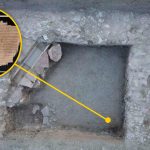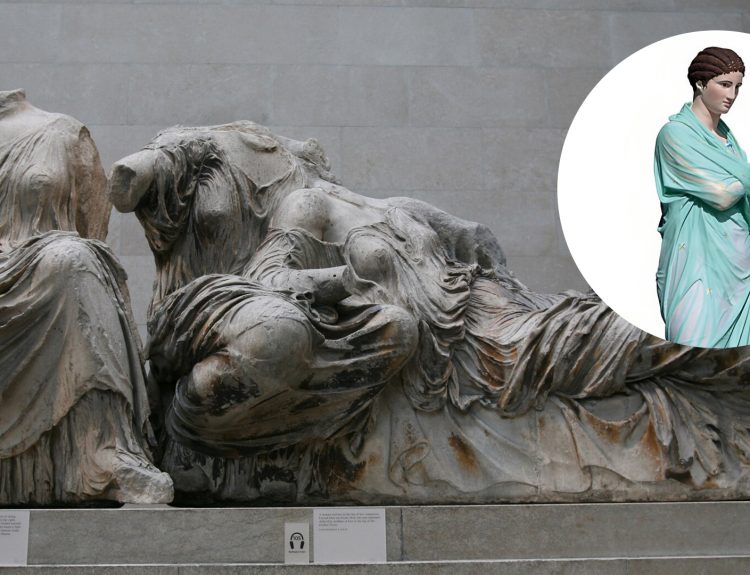Egypt and the ancient world are two things that have always fascinated historians, and continue to in modern day. The research encompasses many different focuses, including history, religion, archaeology, and sociology. One particular structure is one that still has secrets to hide, and is one of the most famous buildings in the world.
Seven Wonders of the Ancient World
The Great Pyramid of Giza is one of the Seven Wonders of the Ancient World, and it is the only one that remains standing of the seven. Some of the others include the Hanging Gardens of Babylon, the Artemis Temple, and the Lighthouse at Alexandria.
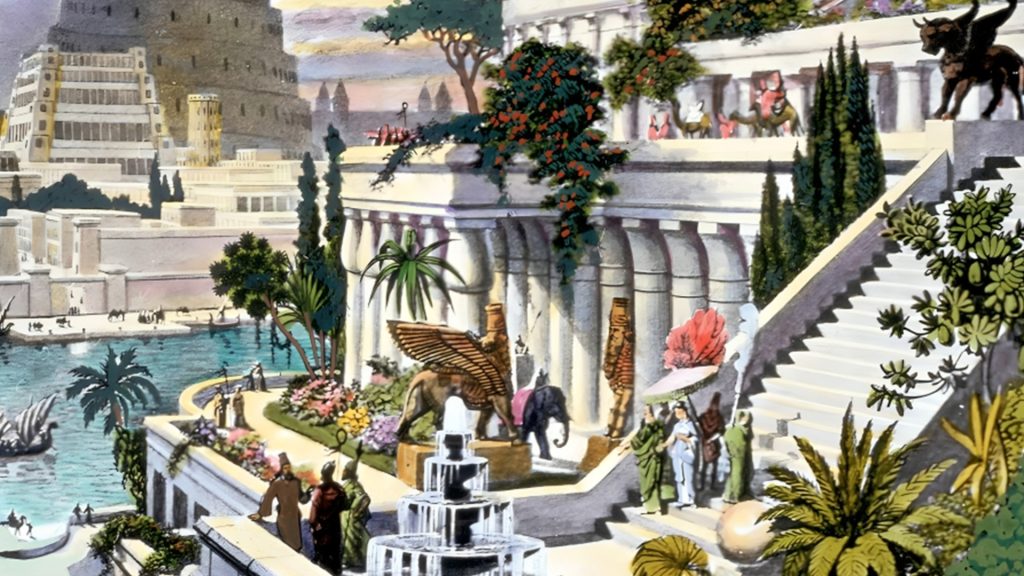
The Wonders were essentially a travel map for ancient peoples, giving them points to stop at when they were making their way around an admittedly much smaller world. The first mention of the Seven Wonders can be traced back to approximately 200 BCE, and the Pyramid of Giza, the oldest of the Wonders by far, is the only one that has survived the test of time.
One of the Oldest Man-Made Structures
The Giza Pyramid was first built around the 26th century BCE, and it took over twenty years from the beginning of construction to the completion. The final structure came to a total size of 481 feet tall, and was the largest man-made structure in the world for nearly 4000 years.
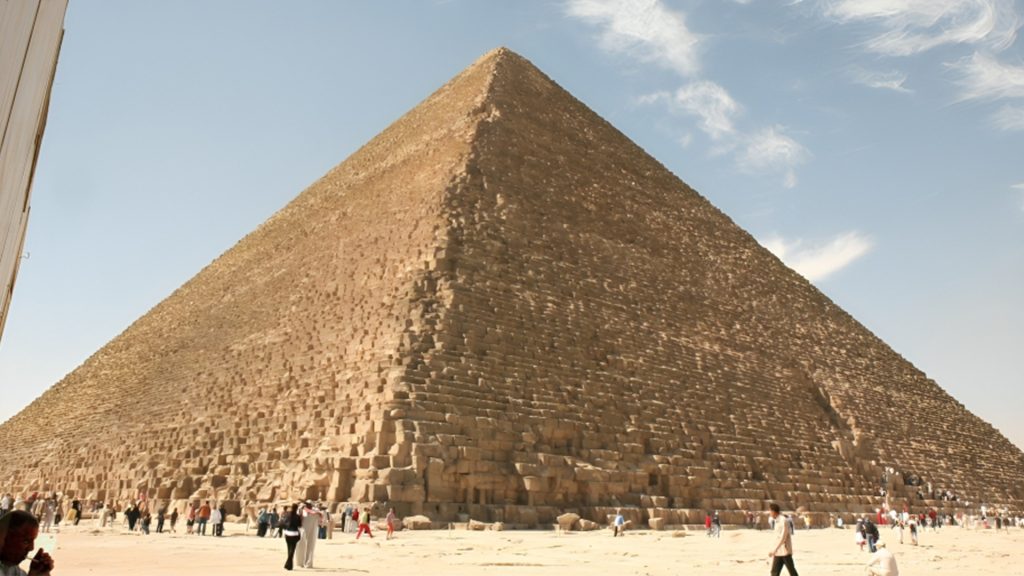
The structure of the pyramid itself was made by quarrying approximately 2.3 million large blocks of different sizes and shapes. Due to the fact that the building blocks of the pyramid were not uniform, the structure of the pyramid is held together by mortar rather than as a feat of engineering.
A Building for the Pharaoh
The construction of the pyramid has historically been attributed to Pharaoh Khufu, who was the ruler of Egypt during the Fourth Dynasty of the Old Kingdom. Over the years, some scholars have looked into theories that there were other influences on the building of the pyramid, but much of the evidence has been weak.

Excavation into the pyramid has revealed more about the ancient world and Egyptian culture, and strengthened the theory that the pyramid was built at the behest and specifically for Khufu. Writings from the centuries following its construction support the idea as well, notably from a Greek author by the name of Herodotus.
Three Main Chambers
The pyramid has three main chambers that have been discovered since contemporary historians and archaeologists have started to investigate the structure. One is called the Subterranean tunnel, and it is the only one of the three main chambers that is physically dug out of the bedrock below the pyramid.
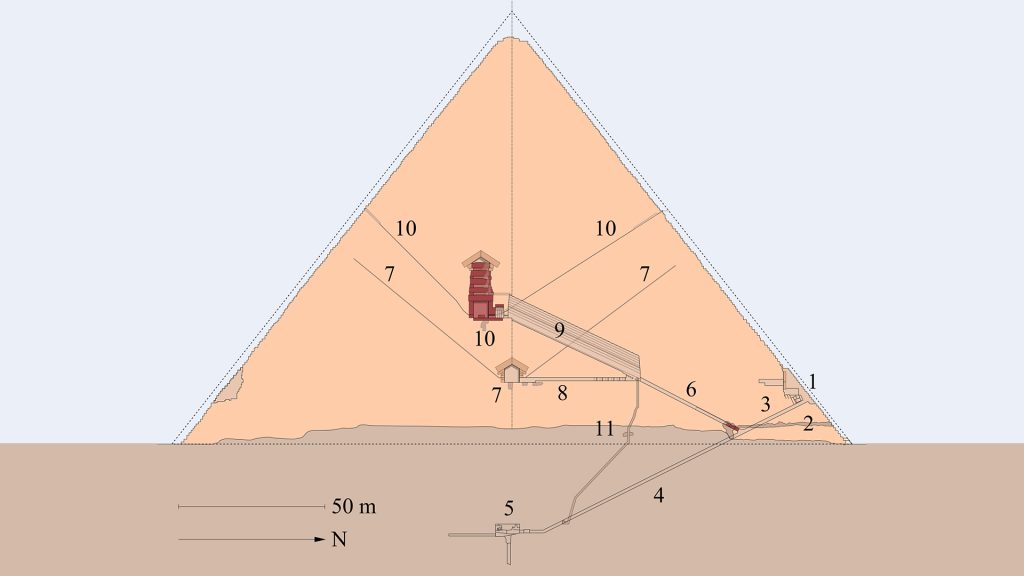
Above the Subterranean tunnel, the Queen’s chamber is located exactly halfway between the North and South faces of the pyramid, and is the middle-sized chamber of the pyramid. However, the reigning feature inside the pyramid is the King’s chamber, which is the uppermost chamber inside the pyramid that has been explored.
The King’s Chamber is the Most Important
The King’s chamber is unique in that it is faced entirely with granite, and it is the largest of the chambers that was built inside the pyramid. It contains a single sarcophagus that is carved out out a single, enormous granite block, where it is believed that Khufu was once interred.
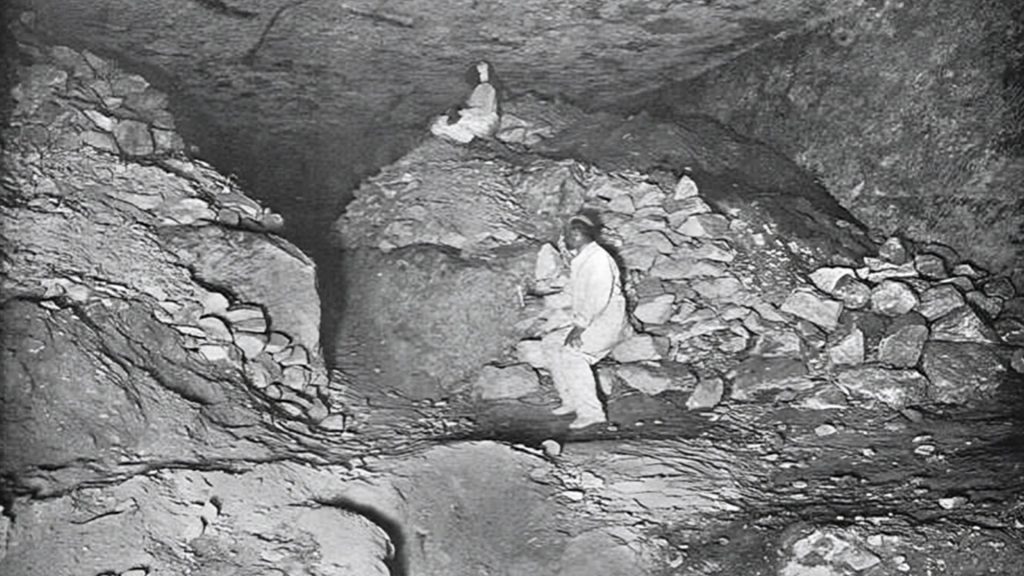
When the pyramid of Giza was first explored and the King’s chamber rediscovered in the early Middle Ages, the explorers found the sarcophagus already broken into and the contents removed. The sarcophagus itself is too large to be carried through the passages surrounding the King’s chamber, so the reigning theory is that it was brought into the chamber before the roof was built over the chamber.
Chambers for Family and Safety
There are other chambers surrounding the king’s chamber, whose theorized purpose was as a housing stage for the family of the king once they were dead and buried. It was common practice for rulers to surround themselves not only by the physical belongings in their final resting place, but also their loved ones.
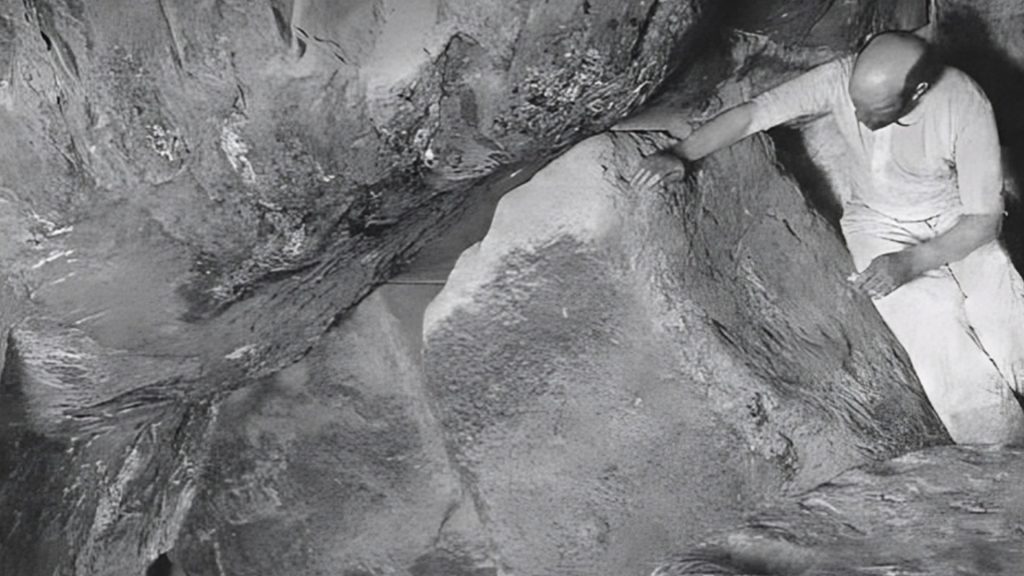
There are also chambers built above the King’s chamber that are called “relieving chambers.” The reigning theory around the relieving chambers is that they were meant to provide a buffer between the King’s chamber and the heavy stone above it, to protect the precious cargo in the King’s chamber from being crushed should there be a structural collapse of the pyramid.
Humans Are Fascinated by the Pyramid
The pyramid was first rediscovered in the early Middle Ages, and investigations into the structure and its contents have been ongoing in the centuries since. In the late 19th and early 20th centuries, there were massive expeditions into the pyramid to fully explore and document everything that could be reached.
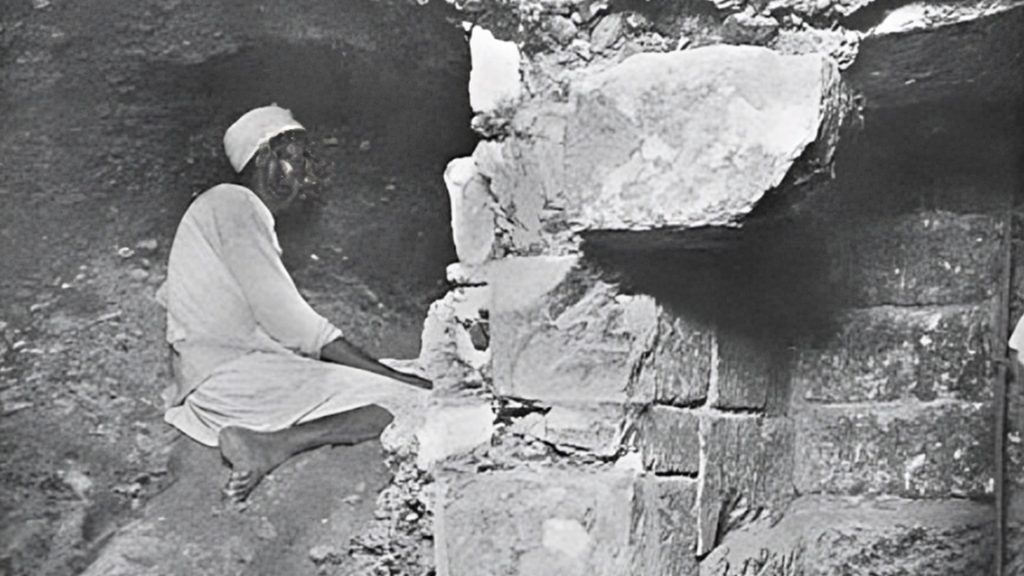
In order to explore the pyramid some of the chambers and tunnels had to be excavated in order to reach further into the structure. This required both time and manpower, and was thoroughly documented with early photography by the teams.
Modern Technology Has Helped
As technology has improved, further investigations into the pyramid of Giza have revealed far more about the structure than humans have been able to physically discover. Use of radiography and different types of fiber optics have allowed for parts of the pyramid to be scanned and seen where no human could possibly fit.

Sometimes this investigation has involved the use of tiny robots as well, and recently, a team using a robot was able to do further investigation into a tunnel that was discovered behind a false wall in the Queen’s chamber.
A Passageway Discovered Behind a False Wall
The passageway in question was discovered during a dig in the pyramid during the 2000’s. The false wall was moved by explorers, where it was discovered that beyond, there was a narrow shaft that climbed upwards at a 40-degree angle into the pyramid.
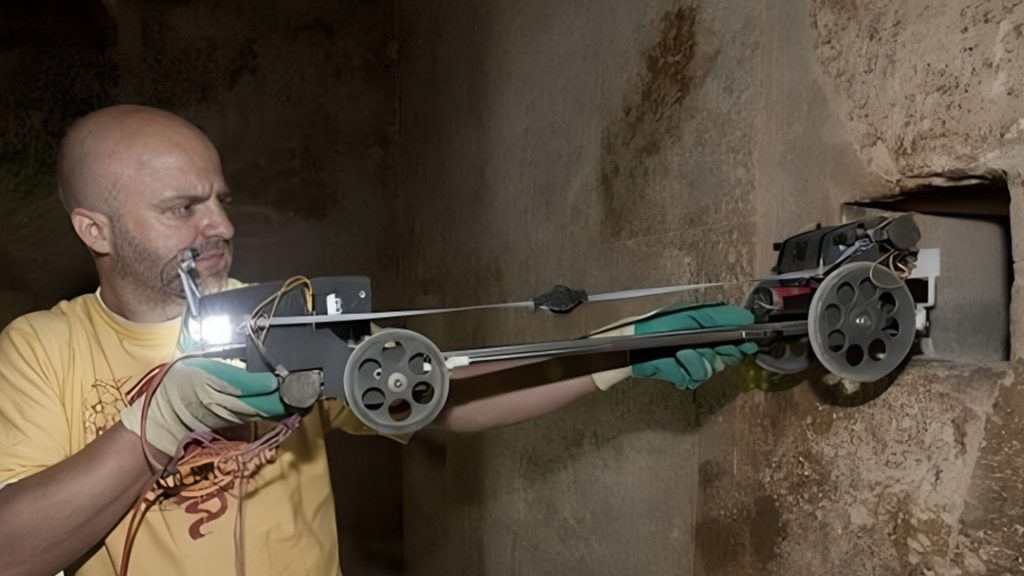
Archaeologists were fascinated by the discovery, but there was no possible way for a human to make their way into the shaft. It was too small, and the angle that the shaft traveled was not conducive to human exploration.
Teams Damaged the Shaft
Despite these facts, there were multiple teams that attempted to explore the shaft over the years after it was discovered. In the process of trying to discover what lay in the shaft beyond the false wall, they managed to damage the shaft.
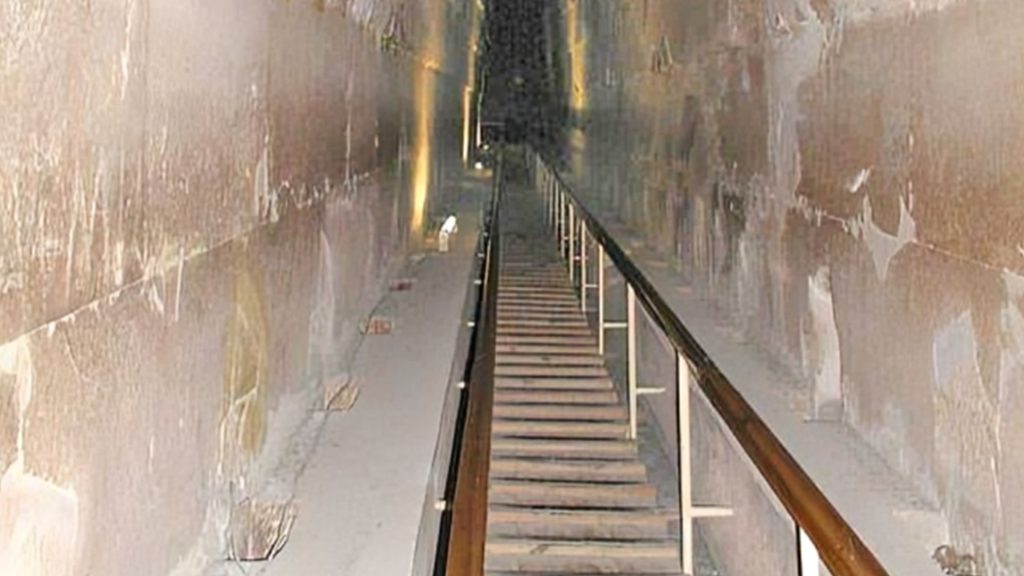
Once it was determined that the shaft couldn’t be reached by conventional human exploration, archaeologists started to come up with different ideas for solutions. If humans couldn’t fit inside the shaft, what could?
A Challenge Thrown, and Accepted
Ultimately, the challenge was accepted by Professor Rob Richardson of the University of Leeds in 2010. The challenge was first thrown down by a dentist and inventor based out of Hong Kong, Dr. Tze Chuen Ng.

The process took five years, but Richardson and his team ultimately built a robot small and advanced enough to be able to navigate the small tunnel beyond the false wall. The challenge was ensuring that the robot was light enough to make its way down the passage, but the team was ultimately able to achieve it.
The First Exploration
The first test of the robot was thrilling. Richardson and his team had spent so long building this robot and innovating it in dozens of ways that by the time they got the opportunity to test the robot, everyone was excited.
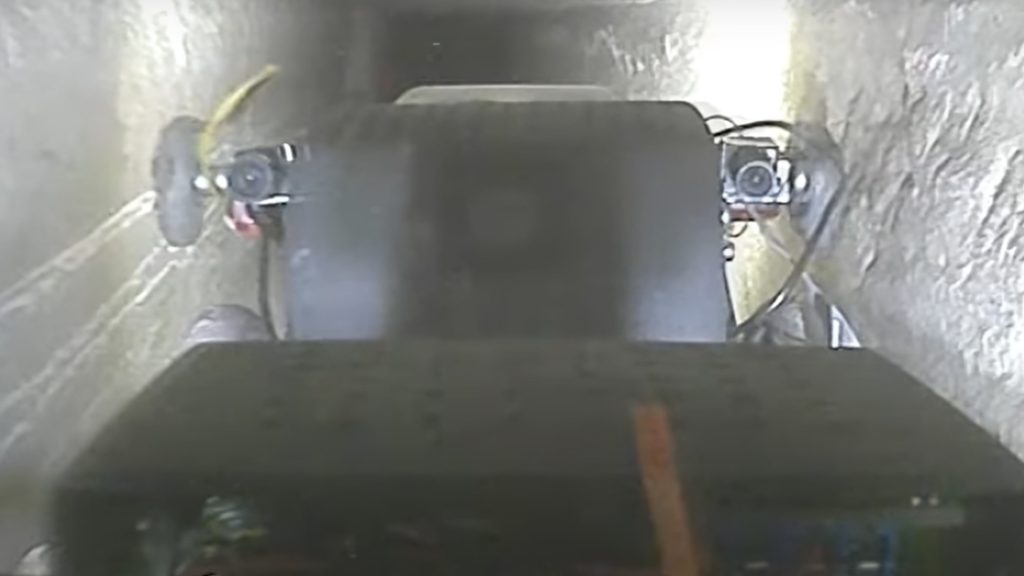
The mechanism that they devised for the robot moved it very gently down the shaft in question, which was only 20 cm by 20 cm large. The length of the passage itself was nearly 200 feet, which would ultimately be the challenge that the team faced in their exploration.
A Challenge, But a Welcome One
Even with the robot as small and light as it was, there was still the challenge faced of getting the robot to the end of the passageway without damaging it further. The pursuit of human knowledge is deeply valuable, but not at the expense of a historical monument.
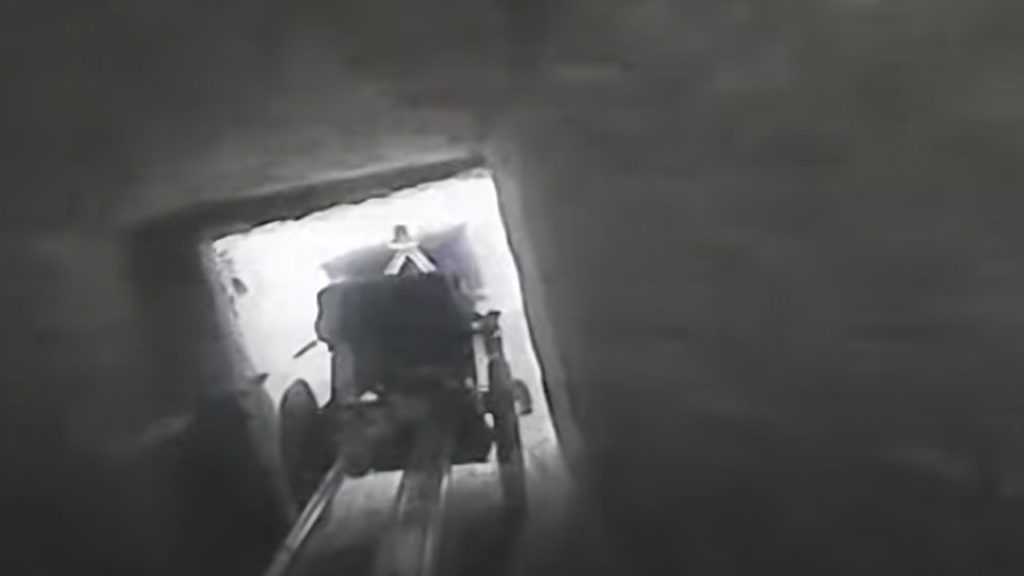
Exclusive footage from the robot reveals that the passageway passed through a small, hidden chamber with intricate markings on the floor. The markings are foreign and in red ink, creating a great deal of curiosity about what the hidden chamber was for and what the markings mean.
A Stone Blocked The Passageway
This was a massively exciting discovery on its own, but scientists were quickly brought back down to earth as the robot continued in the passage. About 50 meters along the shaft, a few meters before what scientists believe was the end of the shaft, the robot encountered a stone that blocked the rest of the passageway from exploration.

Scientists tried to maneuver around the stone with the robot, but were ultimately unsuccessful. The shaft is too small and delicate for there to be intensive exploration, and clearly, the stone was placed in the shaft for a reason.
Invaluable Information, Regardless
Though the robot was unable to fully explore the shaft, the knowledge that it brought back with its footage is invaluable. As the shaft was too small for humans to personally explore, filming the inside of the passage is the next best thing.
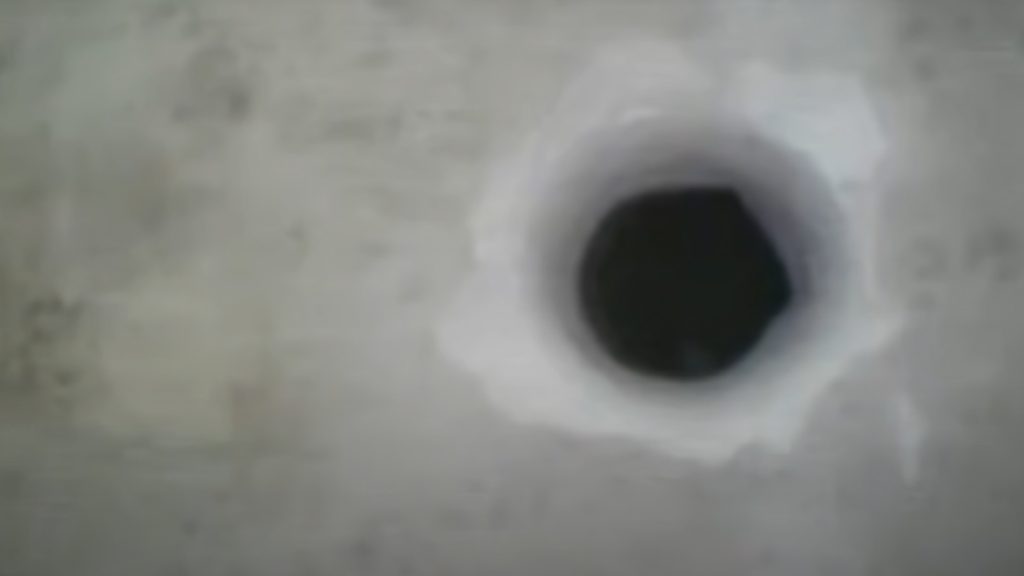
Though it prevented the full exploration of the tunnel, the discovery of the blocking stone is still important. Clearly, there was a purpose to this shaft beyond mere air ventilation, though without any writings regarding it, the scientists’ guess is as good as anybody’s.
The Chamber Holds Secrets
Of most interest to the scientists, though, is the chamber that the robot discovered with the markings inked into the stone. The existence of the chamber is exciting in itself, but the markings make it particularly curious.
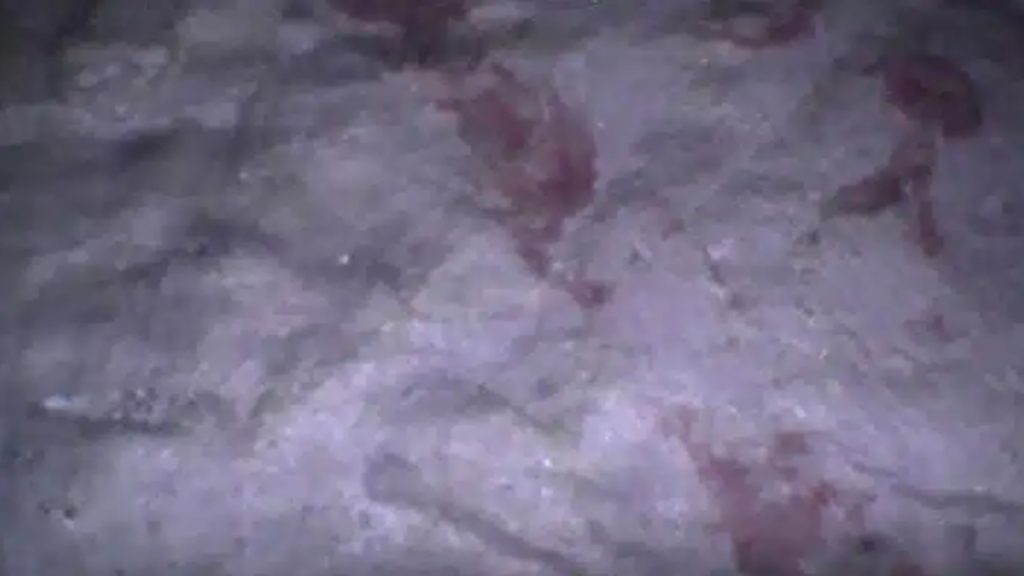
Ancient Egyptians had dozens of rituals and symbols that a contemporary historians can only guess at the importance of, and its possible that this hidden chamber is another example of this. Further exploration might hint at what deities or hieroglyphs that the symbols are meant to symbolize, but for now they’re still a mystery.
The Pyramid Still Has Secrets to Explore
As technology advances, explorations into ancient structures such as the pyramid of Giza will become more sophisticated and less invasive. While human exploration itself will always be the gold standard of understanding these ancient representations of human life, technology is a close second.
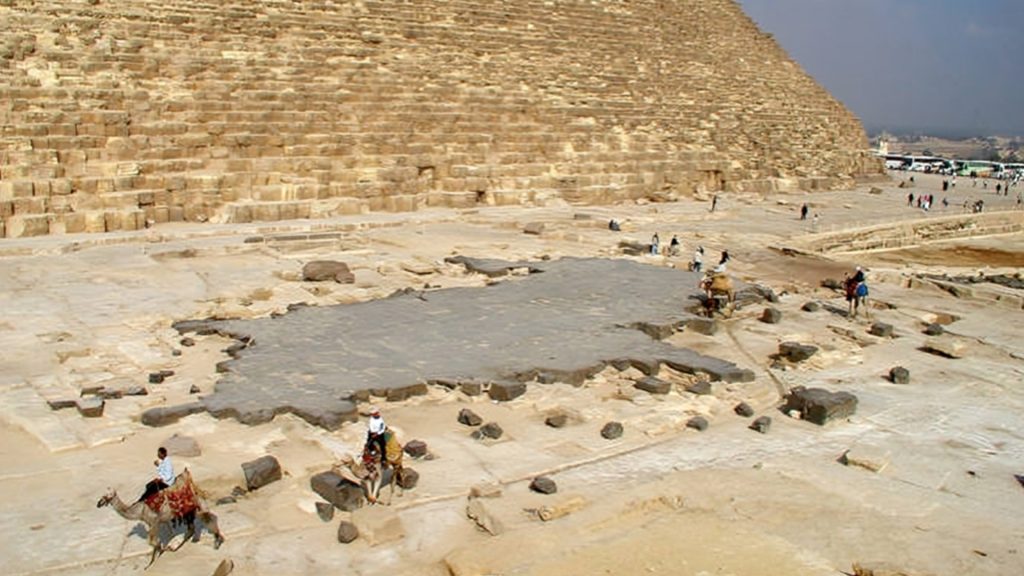
Whether we will ever understand the meaning of the symbols in the hidden chamber or what the original purpose of the shaft was remains to be seen. The pyramid of Giza clearly still has secrets to keep from modern scientists, and only time will tell if the ancient structure is willing to ultimately give them up.


